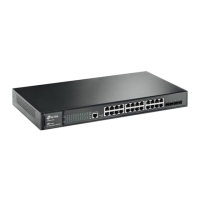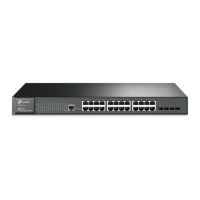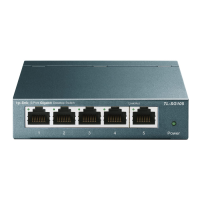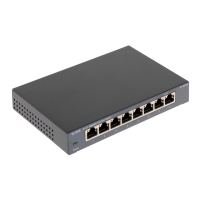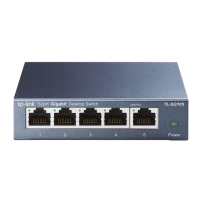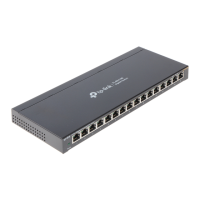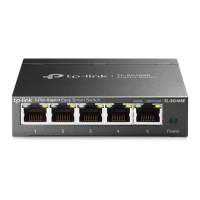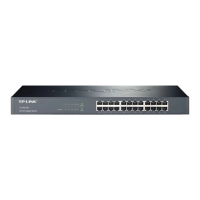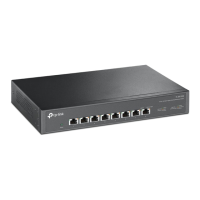66
Specify the port(s) to configure its L2PT feature. It is
multi-optional.
Choose the port type according to its c
network.
• None: Disable the L2PT on this port.
•
UNI: Specify the port’s type as UNI if it is connecting to the user’s
local network.
•
NNI: Specify the port’s type as NNI if it is connecting to the ISP
network.
Select the s
upported Layer 2 protocol type. Packets of the
specified protocol will be encapsulated with their destination MAC
address before they are sent to the ISP network. Packets will be
decapsulated to restore their Layer 2 protocol and MAC address
information before they are sent to the customer network.
• STP: Enable protocol tunneling for the STP packets.
• GVRP: Enable protocol tunneling for the GVRP packets.
•
01000CCCCCCC: Enable protocol tunneling for the packets with
their destination MAC address as 01000CCCCCCC
includes CDP, VTP, PAgP and UDLD.
•
01000CCCCCCD: Enable protocol tunneling for the PVST+
packets.
•
ALL: All the above Layer 2 protocols are supported for tunneling.
-1000)
Configure the threshold for packets-per-
encap
sulation. Packets beyond the threshold will be dropped. If no
protocol is specified, the threshold applies
to each Layer 2
protocol types. The valid ranges are from 0 to 1000.
Displays the port‘s aggregation group.
Return to CONTENTS
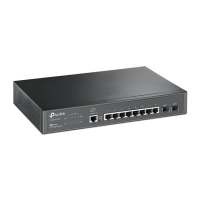
